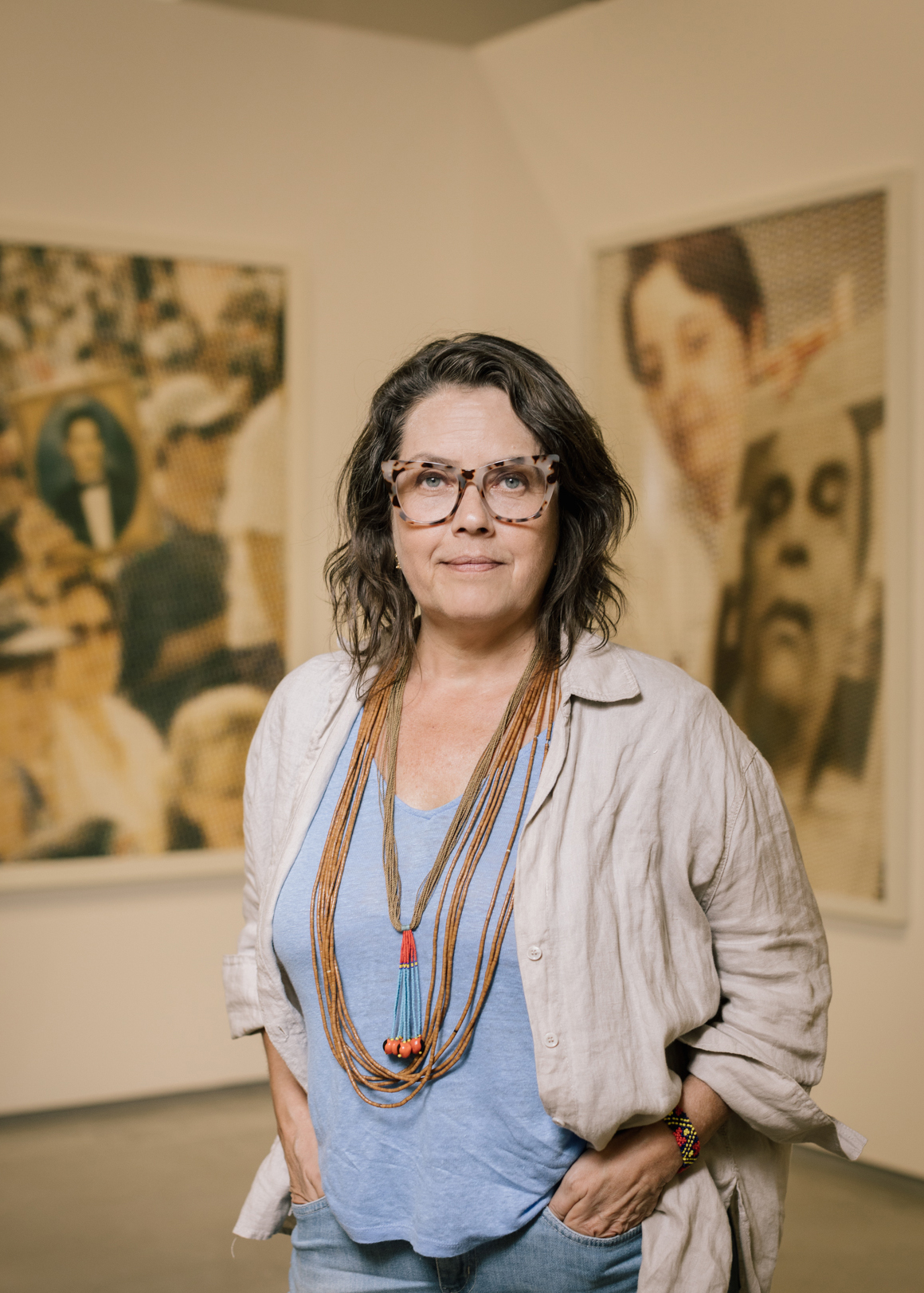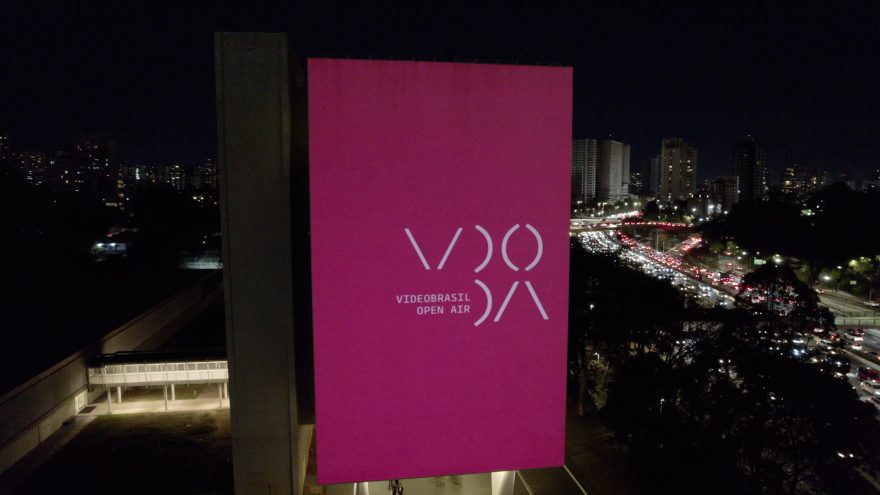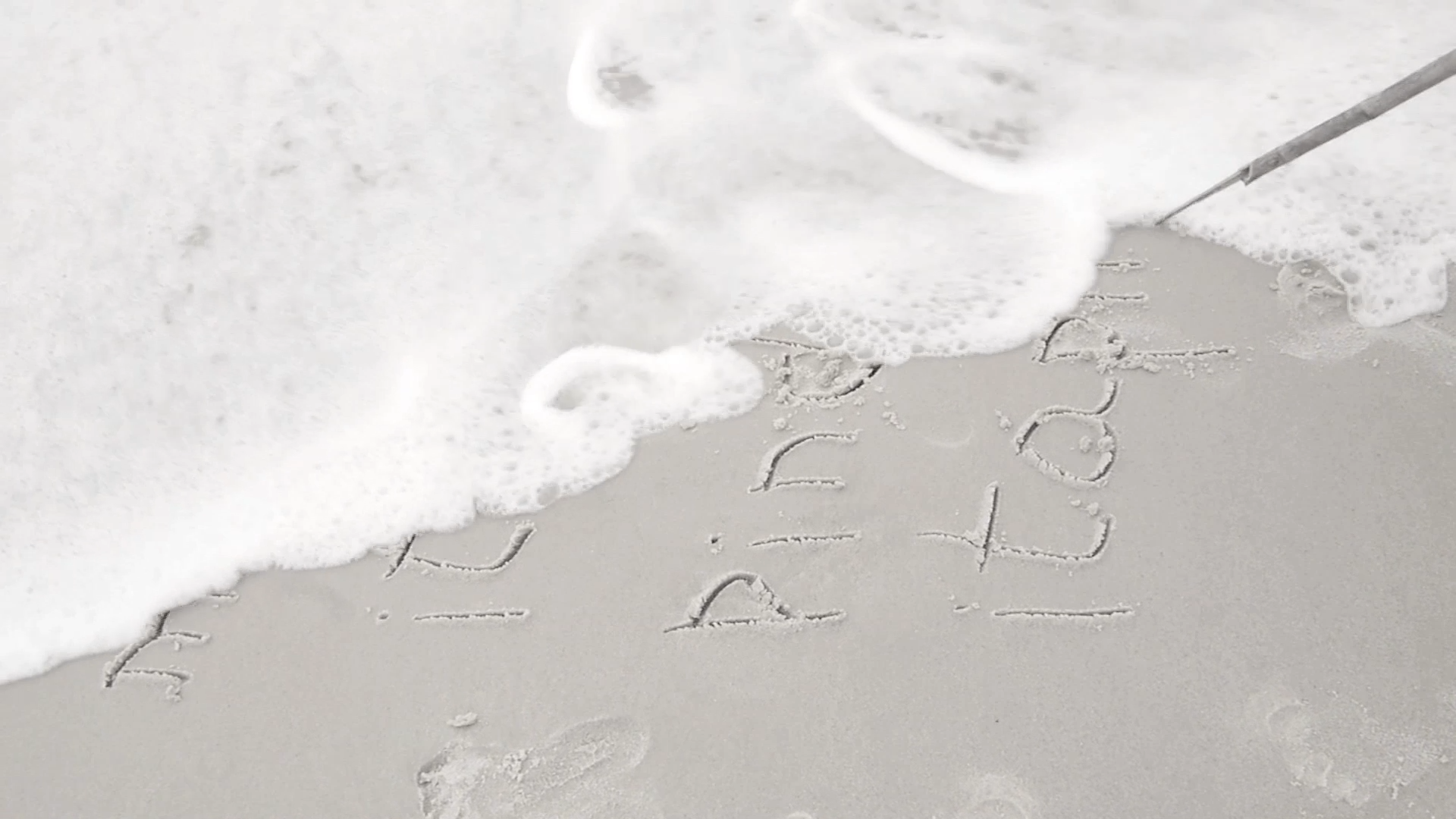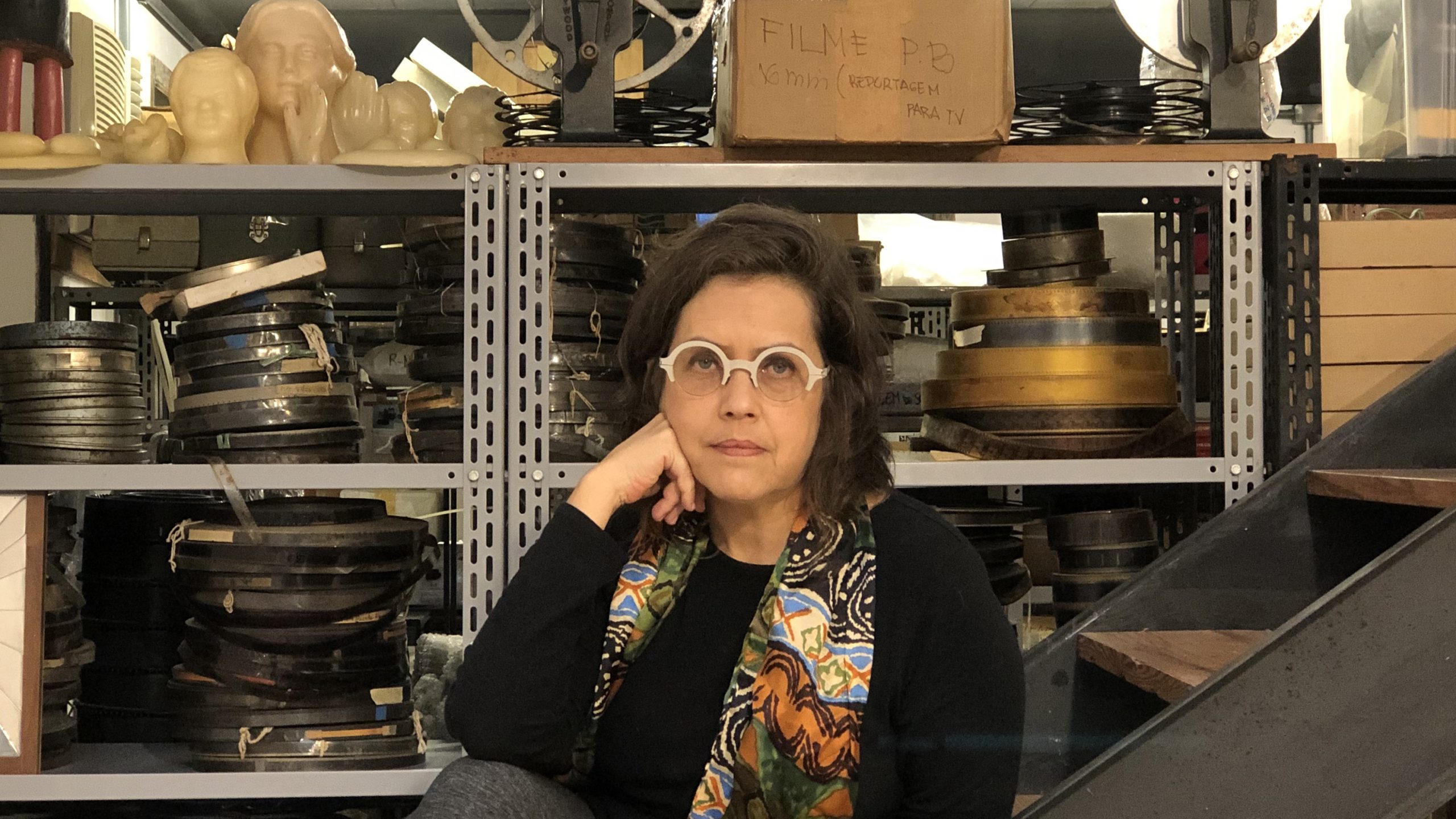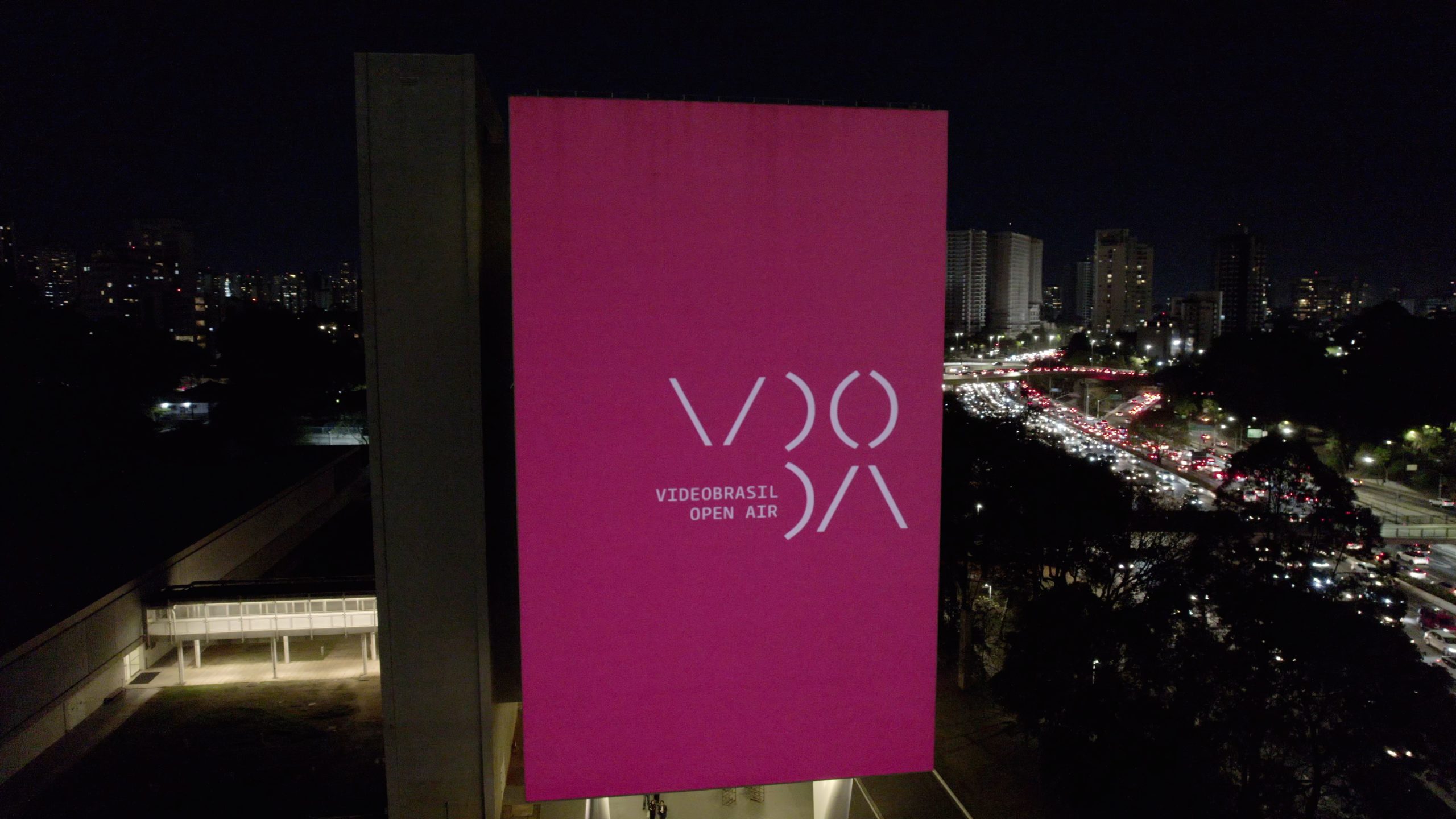Método básico de assovio gomero-tupi [Basic method of Gomero-Tupi whistling]*
Turista transcendental series
Very little is known of the Indigenous who once lived on the seven Canary Islands, before the Spanish took control of them in the 14th century. Little remained aside from a collection of names of enslaved warriors, a few reports of heroic feats and noble lineages, and a few thousand skulls exhibited in the display cases of the old anthropology museum, which today, more than ever, serves to demonstrate the conqueror’s brutality. Still, the improbable did occur, overcoming all adversity; a single language, whose transmission is strictly oral, not only successfully resisted the invader but also adapted to him: the Silbo Gomero —the whistled language, today used only by the inhabitants of La Gomera and considered an oral and intangible cultural heritage.
A man born on the island of Tenerife, clearly of Spanish origin, crossed the ocean along with Portuguese Jesuits to become a wise saint in Brazil: José de Anchieta. Unlike his compatriots, the future saint learned to respect the Indigenous peoples and, by applying the fundamentals of inculturation, later authored Arte da gramática da língua mais falada na costa do Brasil [“Grammar art of the most spoken language on the coast of Brazil”]. His intention was always to catechize the Tupi, but he ended up accomplishing much more since he defended them against the abuses of Portuguese colonists. During the months in which he was held captive by the Tamoios, he conceived of the Poema à Virgem [Poem to the Virgin] but was unable to immediately transcribe it, as he had no pen and paper. He was seen on the beach writing and rewriting the poem’s 5000 verses in the sand. It was also said that he levitated in the presence of the Indigenous people who, terrified, thought him to be some kind of sorcerer. Could this have been a trance? And what if, in that trance, the future saint heard the Silbo Gomero of his homeland and endeavored to teach it to the Tupi?
Rosângela Rennó, 2016.
*Written by the artist, the text is part of the work Método básico de assovio gomero-tupi [Basic method of Gomero-Tupi whistling].
________________________________________________________________________________________
Rosângela Rennó
Born in Minas Gerais (Brazil), the visual artist holds a PhD in Arts from the University of São Paulo (USP, 1997), with a degree in architecture from the Federal University of Minas Gerais (UFMG, 1986) and in fine arts from the Guignard School (1987). One of the first Brazilian artists to shift photography from the two-dimensional field to the territory of artistic installation, Rennó addresses questions about the nature of the image, its symbolic value, and its process of depersonalization. In her works, she appropriates and brings visibility to an anonymous repertoire of photographs and negatives found in antique fairs, family albums, newspapers, and archives. She has participated in the Biennials of Johannesburg (1997), São Paulo (1994, 1998, and 2010), Berlin (2001), Istanbul (2011), and Venice (1993 and 2003); as well as exhibitions such as Latin America 1960–2013, at the Fondation Cartier (Paris, 2014); Crossings: Contemporary Art in Brazil, at the Wexner Center for the Arts (Ohio, 2014), Chosen Memories, Contemporary Latin American Art, at the Museum of Modern Art New York (USA, 2023). Her most recent solo exhibitions include Sur les ruines de la Photographie, at Les Recontres de la Photographie (Arles, 2023) and Pequena Ecologia da Imagem, at Estação Pinacoteca (Brazil, 2021).At Videobrasil, she participated in the 13th Festival (2001) – winning an award for her work Vera Cruz (2000) –, was invited to create the trophy for the 16th Festival (2007), and is currently a member of the cultural association’s Advisory Board.
TECHNICAL DATA SHEET
Rosângela Rennó, Método básico de assovio gomero-tupi, 2016
from the series Turista transcendental, 2009-2024
Gomero whistle recorded in Las Palmas, Gran Canaria: Oliver Escuela Hernandez
Sound recording and general assistance: Auguste Trichet
Video and audio editing: Isabel Escobar
Revision and narration in Old Tupi: Eduardo de Almeida Navarro
This edition of Videobrasil Online presents Método básico de assovio gomero-tupi [Basic method of Gomero-Tupi whistling], by Brazilian artist Rosângela Rennó. In an exclusive interview, the artist shares her creative process.
Composed of video and text, the work proposes associations between the whistled language of the Canary Islands—Silbo Gomero—and the figure of José de Anchieta, an important figure in the history of Brazilian colonization, born in the Canary Islands and responsible for the first grammar of Tupi for Portuguese.
Método básico de assovio gomero-tupi [Basic method of Gomero-Tupi whistling] (2016) is part of the series Turista transcendental, developed by Rennó for the last 16 years. In it, the artist explores an alter ego who seeks alternative ways to experience and document travel. The series goes beyond visual recording, creating historical and cultural connections that build “multidirectional bridges” between different peoples and places.
In a new partnership with MAC USP, Videobrasil took video art to the streets
On the night of September 11, 2025, the city of São Paulo hosted an open-air artistic experience. The result of a partnership between Associação Cultural Videobrasil (VB) and the Museum of Contemporary Art of the University of São Paulo (MAC USP), the debut edition of Videobrasil Open Air featured a large-scale projection of Método básico de assovio gomero-tupi [Basic method of Gomero-Tupi whistling], by Rosângela Rennó.
The looped exhibition on MAC USP’s facade took place from 7pm to 10pm, marking the debut of the new Videobrasil Online exhibition and inviting the public to an encounter between art and the city.
Videobrasil Open Air is the result of a collaboration between two institutions that have been fundamental to the trajectory of video art in Brazil. In the 1970s, under the direction of Walter Zanini, MAC USP was a pioneer in encouraging and institutionalizing this language, opening space for artists such as José Roberto Aguilar, Júlio Plaza, and Regina Silveira, and promoting exhibitions that helped consolidate the medium in the country. In the 1980s, Videobrasil emerged, initially as a festival dedicated to experimentation with video as a language. Over more than four decades, the initiative has become one of the main platforms for the preservation, reflection, and dissemination of video art from the Global South, bringing together the largest collection of its kind in Latin America.
